Biosphere reserves are locations that aim to balance the preservation of both the natural and cultural heritage with the sustainable development of the populace. New biosphere reserves are named by the World Network of Biosphere Reserves, and UNESCO then approves them.
The World Network of Biosphere Reserves now consists of 738 biosphere reserves in 134 nations, including 22 transboundary sites.
And among them are some of the most stunning locations on earth, making you feel as though you are in heaven.
Sian Kaʼan Biosphere Reserve

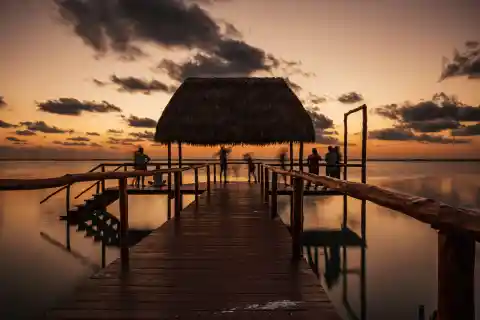
This list cannot start without mentioning the place whose name literally translates to ‘gate to heaven’. Sian Kaan Biosphere Reserve is a biosphere reserve located near Tulum, Quintana Roo, Mexico. It was founded in 1986, and in 1987, UNESCO designated it as a World Heritage Site. With a staggering 1.3 million acres, the location continues to be Mexico's largest coastline protected area. The reserve includes a stretch of coral reef and is located in both the Caribbean Sea and on land. A day excursion to Muyil, a small community in Riviera Maya, will allow you to see thick Yucatan rainforest, freshwater marshes that extend across lagoons, 1000-year-old man-made canals, and magnificent Mayan ruins.
Monarch Butterfly Biosphere Reserve
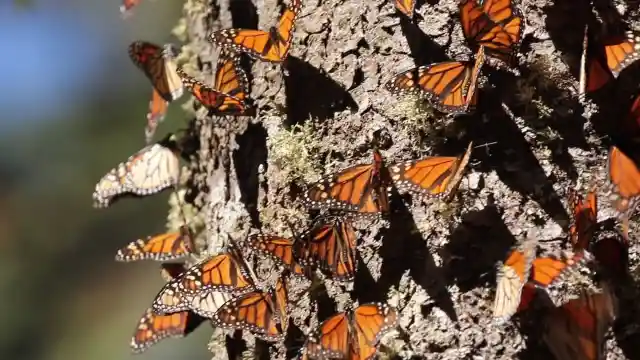

Monarch Butterflies overwintering in Mexico is one of the most amazing natural occurrences that may be seen every fall in the wooded highlands west of Mexico City.
In 2008, UNESCO designated the Monarch Butterfly Biosphere Reserve as a World Heritage site. Over 200 square kilometers of land are protected. There are a few places in the Biosphere Reserve that are accessible to the general public. Visiting the monarch butterfly reserves allows the visitor to observe a natural wonder. It is definitely a spectacular experience to be surrounded by hundreds of flying butterflies, see them carpet the forest floor, and watch them weigh down the branches of the trees.
Huanglong Biosphere Reserve
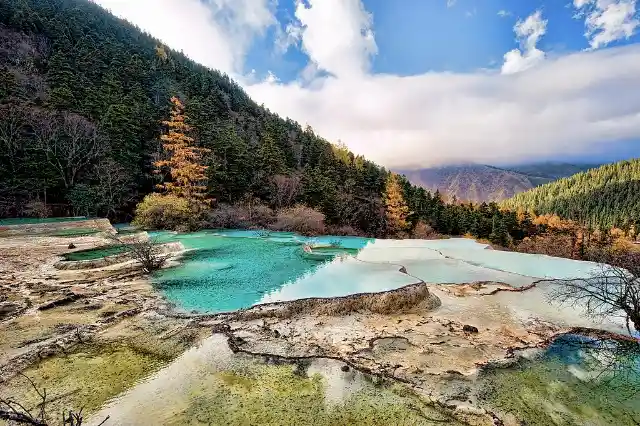
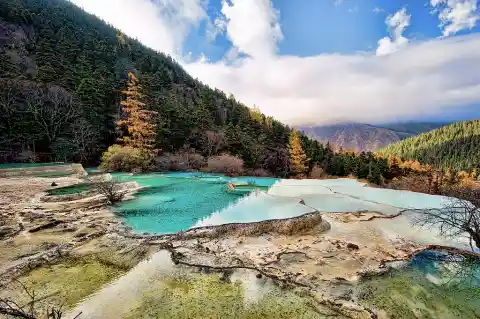
The Huanglong Biosphere Reserve is located in a mountainous region with peaks rising as high as 5,588 meters above sea level. Due to Huanglong's enormous size, breathtaking environment, and vital ecosystems that have significant scientific and artistic importance, it was added to the World Natural Heritage Site List in 1992. The leopard, rhinopithecus roxellana, and giant panda are examples of significant wild creatures. It is particularly noteworthy from an aesthetic standpoint since the biosphere reserve has a network of 3,400 travertine pools connected by travertine shoals, rapids, and waterfalls. The region is well-known for its multicolored pools created by calcite deposits, particularly in Huanglongou (Yellow Dragon Gully), as well as its varied forest habitats, snow-capped mountains, waterfalls, and hot springs.
Jiuzhaigou Biosphere Reserve
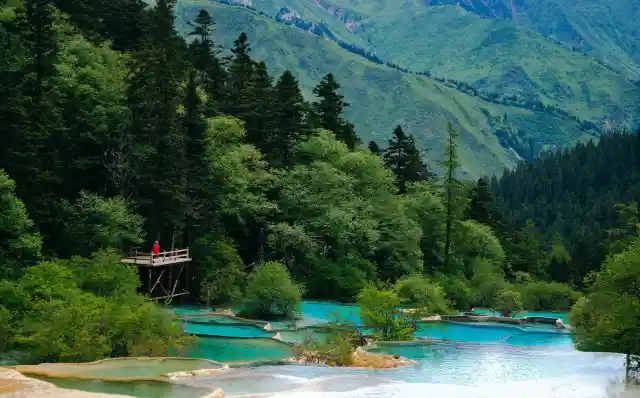
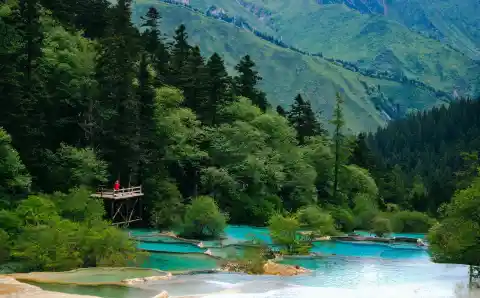
Jiuzhaigou, a UNESCO World Heritage Site since 1992 and a World Biosphere Reserve since 1997, is a rocky 72,000 ha valley in the northern section of Sichuan Province with the highest peaks in the southern Minshan Mountain at around 4,800 m. Jiuzhaigou is situated at the edge of the Tibet Plateau. It has breathtaking views set in a collection of conical karst landforms, limestone terraces, multi-level waterfalls, lakes and pools with blue, green, and purple hues, caves, and snow-capped summits. Around 140 different bird species may be found in the region's various forest environments, in addition to a number of critically endangered species of flora and animals including the giant panda and the Sichuan takin.
Carpathian Biosphere Reserve, Ukraine
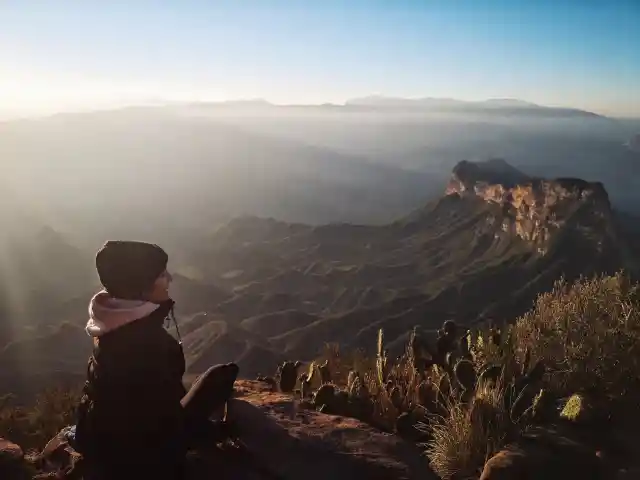
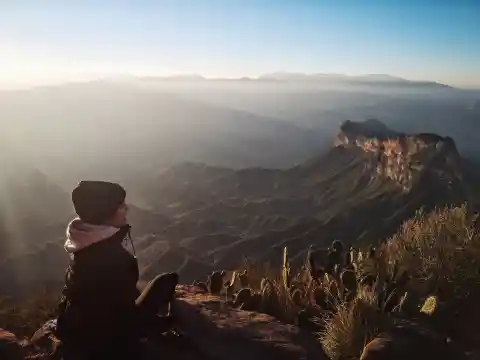
The Carpathian Biosphere Reserve, located in the Eastern Carpathians, includes upland rocky-lichen landscapes, subalpine and alpine meadows, mountain beech, mixed, and spruce forests, pine-alder alpine elfin woods, and foothill oak-groves. The biosphere reserve safeguards the Valley of Narcissi as well as the greatest massif of unspoiled beech woods in all of Europe. It has been a component of the Ukrainian-Slovak candidacy "Primeval Beech Forests of the Carpathians" for the UNESCO World Natural Heritage Site since June 28, 2007. Beech trees that are 500 years old and 45 meters tall may be found here. International researchers travel there to study them. In the midst of the highlands, Brebeneskul Lake reflects the sky in its mirror-like water as Ukraine's tallest mountain, Mount Hoverla, breaks through the clouds.
Sierra Gorda Biosphere Reserve

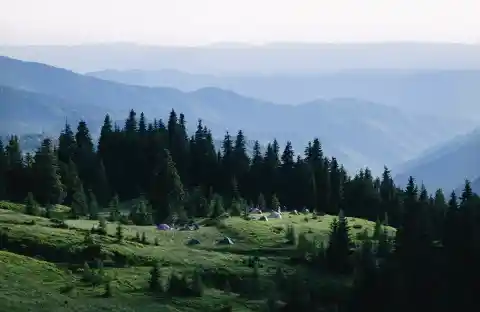
The Sierra Gorda Biosphere Reserve, regarded as a "green treasure" in the heart of Mexico, is home to jaguarondi, endangered wild cats. They coexist in the Reserve alongside more than 110 other animal species, 334 bird species, and 2,308 plant species, many of which have not yet been discovered anywhere on the planet. The Reserve has been granted special conservation status as a natural protected area and contains more than 380,000 hectares of forest and other habitats. The reserve is hailed as a successful example of public-private ecosystem management, where eco-tourism, garbage disposal, and conservation initiatives provide money for hundreds of locals while preserving a diverse ecology.
Burabay National Park
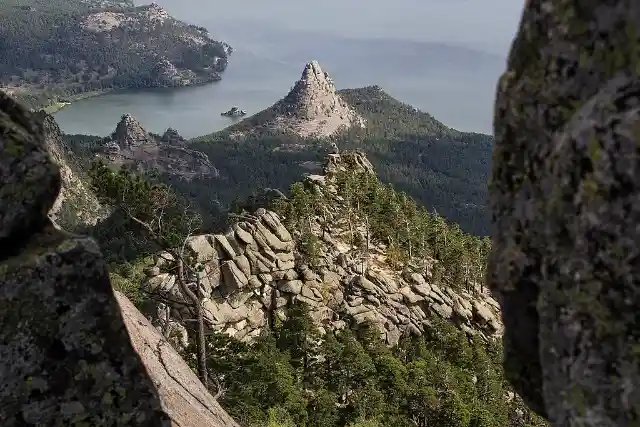
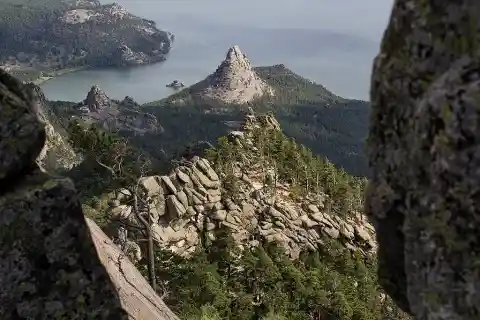
The Burabay region is one of Kazakhstan's less visited areas and is perfect for the traveler looking to experience Central Asia's arid, adventurous joys. This refuge in a fairly parched part of Kazakhstan is a land of travel marvel that varies with the leaves — from the serenity of Lake Borovoe to the spectacular rock formations. It is a place of extreme seasonal variations. It is more than 200 kilometers north of the national center. The park has 14 lakes in addition to several smaller lakes. There are more than 300 species in its animal biome. It is renowned for its pine trees and mountains as well. It was recently included to the UNESCO World Network of Biosphere Reserves.
Clayoquot Sound, Vancouver

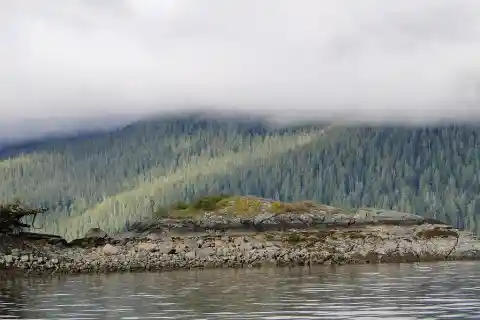
The panorama surrounding Tofino Inlet in the Clayoquot Sound UNESCO Biosphere Reserve on Vancouver Island's West Coast is incredibly stunning and extremely picturesque. A wide variety of tree species surround the lake, giving the entrance the appearance of a glass pane. Many tourists visit from around the world to witness the Tofino Inlet's beautiful scenery. This region of Canada is famed for its natural beauty, and it does not disappoint. It is located on the west coast of Vancouver Island as a part of the transition area of the Clayoquot Sound UNESCO Biosphere Reserve.
Sierra de La Macarena National Park
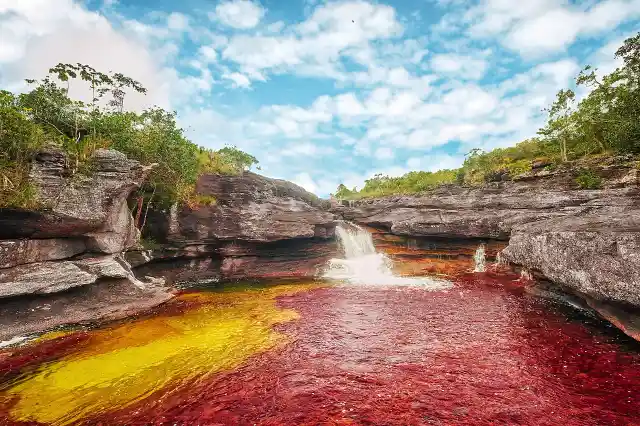
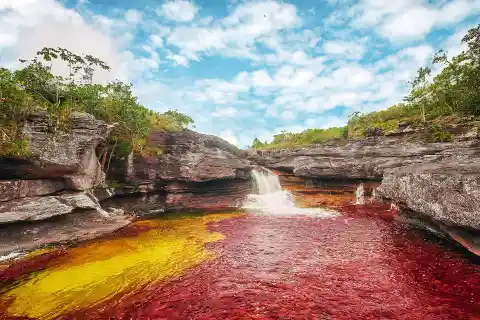
The Sierra de La Macarena National Park is situated on Colombia's east coast in the Orinoco area. The wide plains of the Orinoco are a less traveled area with many undiscovered natural wonders. The park, which covers 630,000 hectares, is home to one of nature's most magnificent sights, Cao Cristales, also known as the "River of Seven Colors" because of the marine plants called macarenias that grow there. The river appears to have originated in "The Garden of Eden," according to National Geographic. Many areas of the riverbed include tiny circular depressions known as giant's kettles, which have been formed by pebbles or chunks of harder rocks.
Mammoth Cave National Park


The Mammoth Cave National Park, which was founded in 1941 and is recognized as an international biosphere reserve and a UNESCO World Heritage Site, is home to the longest known cave system. It is one of the first tourist destinations in North America and is situated in Kentucky. There are several labyrinths and spacious rooms throughout the cave. Visitors may take tours of the Bottomless Pit, Crystal Lake, Snowball Room, and Rainbow Dome. The park also offered a variety of other activities for visitors to partake in, including hiking, camping, horseback riding, fishing, and even kayaking.